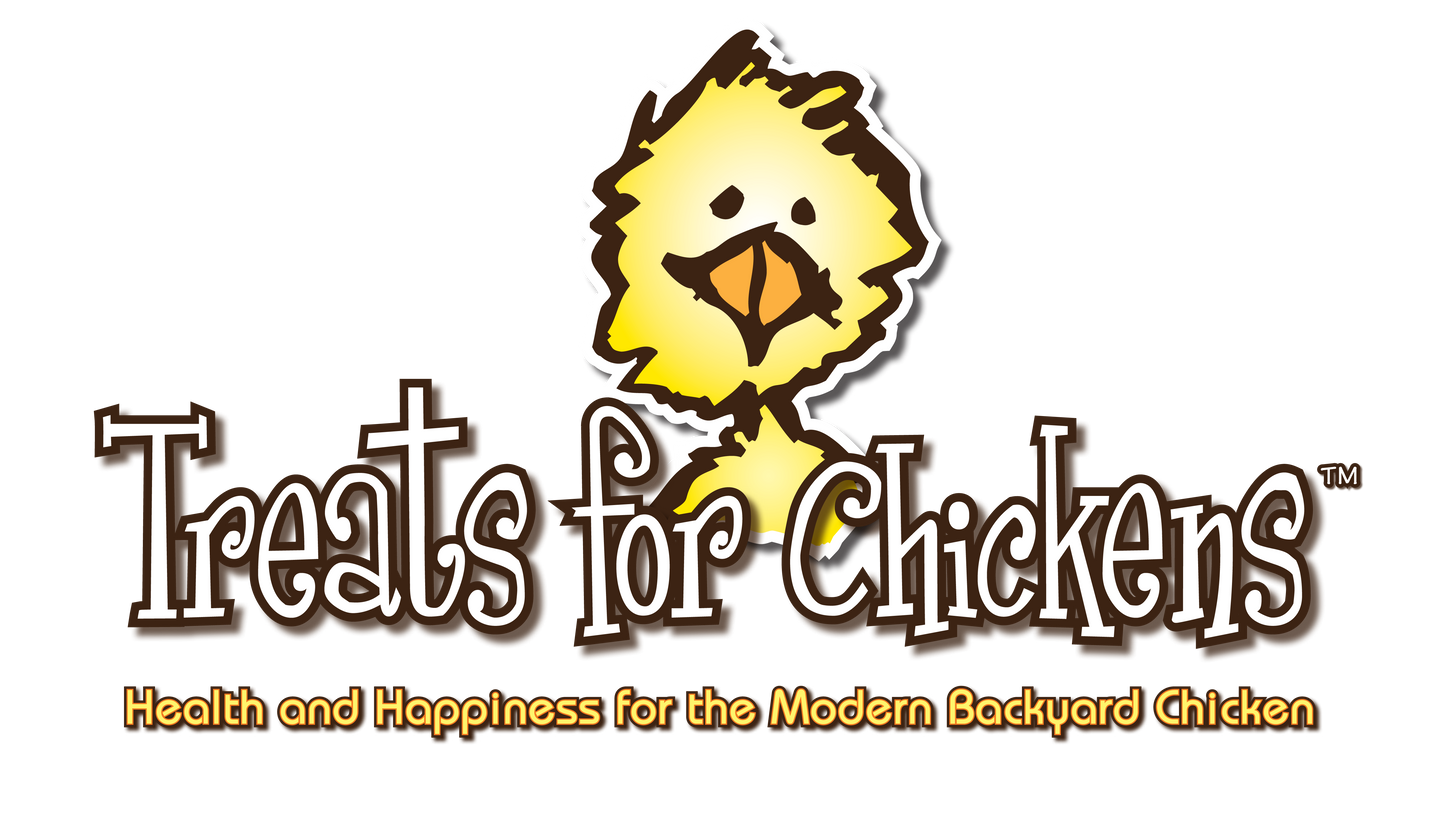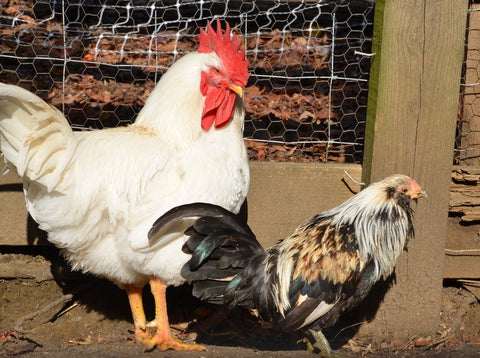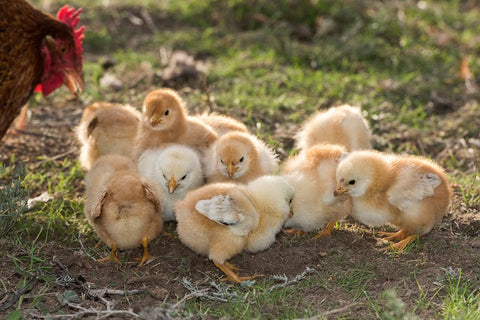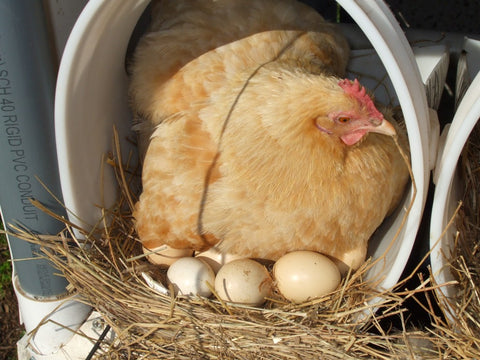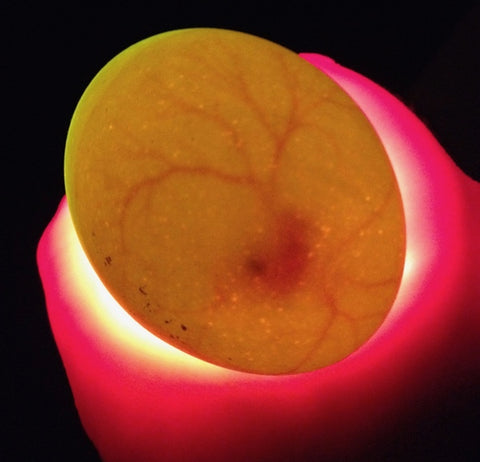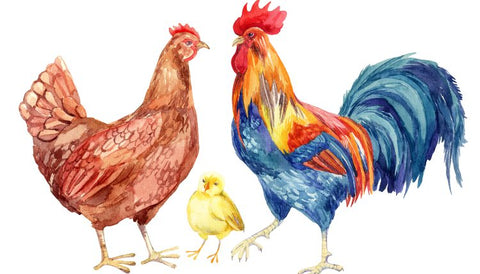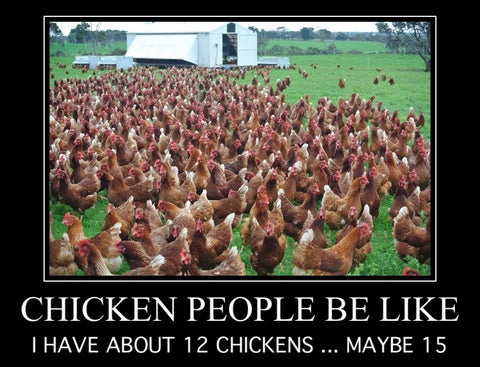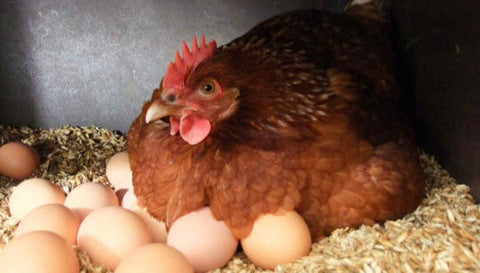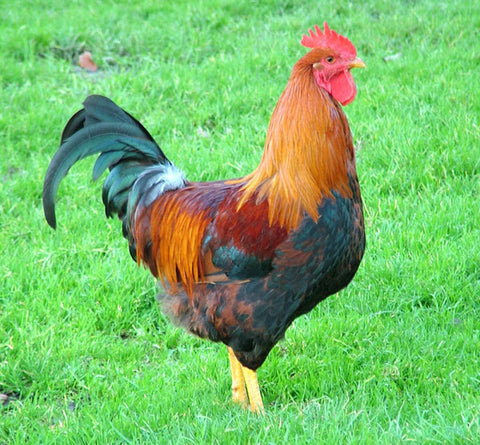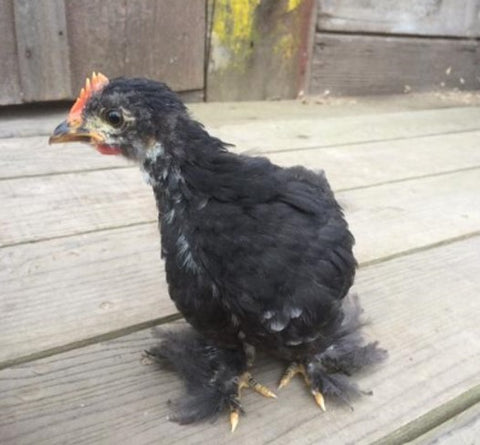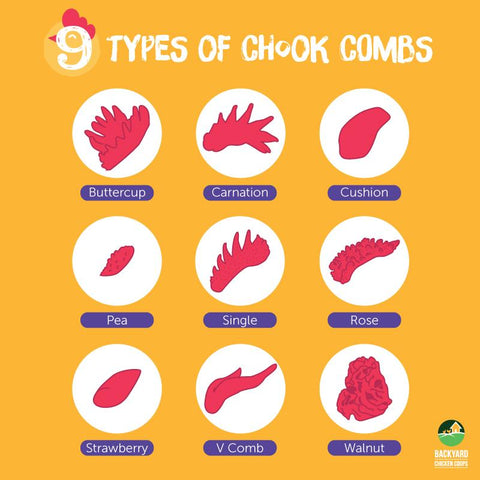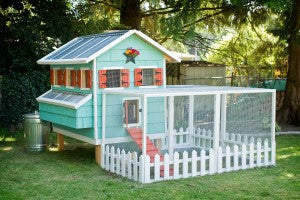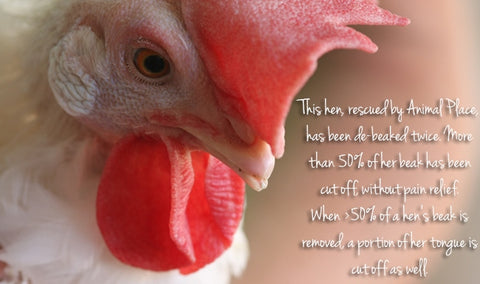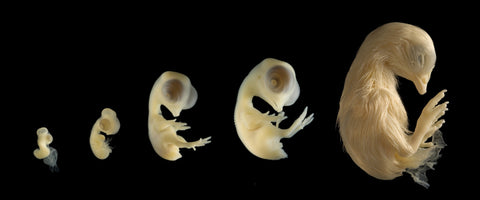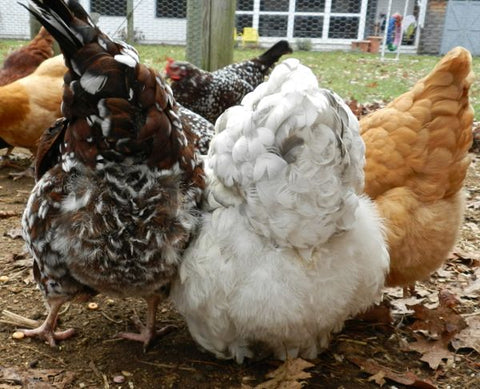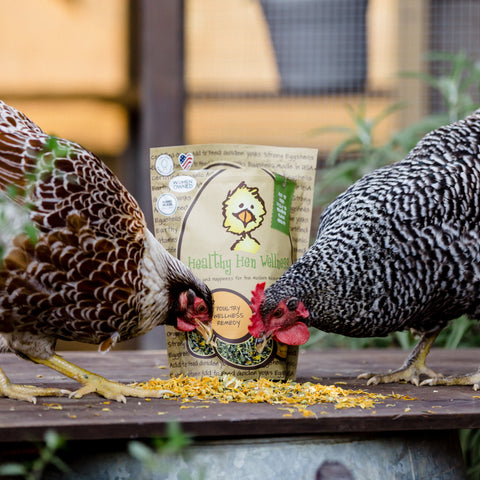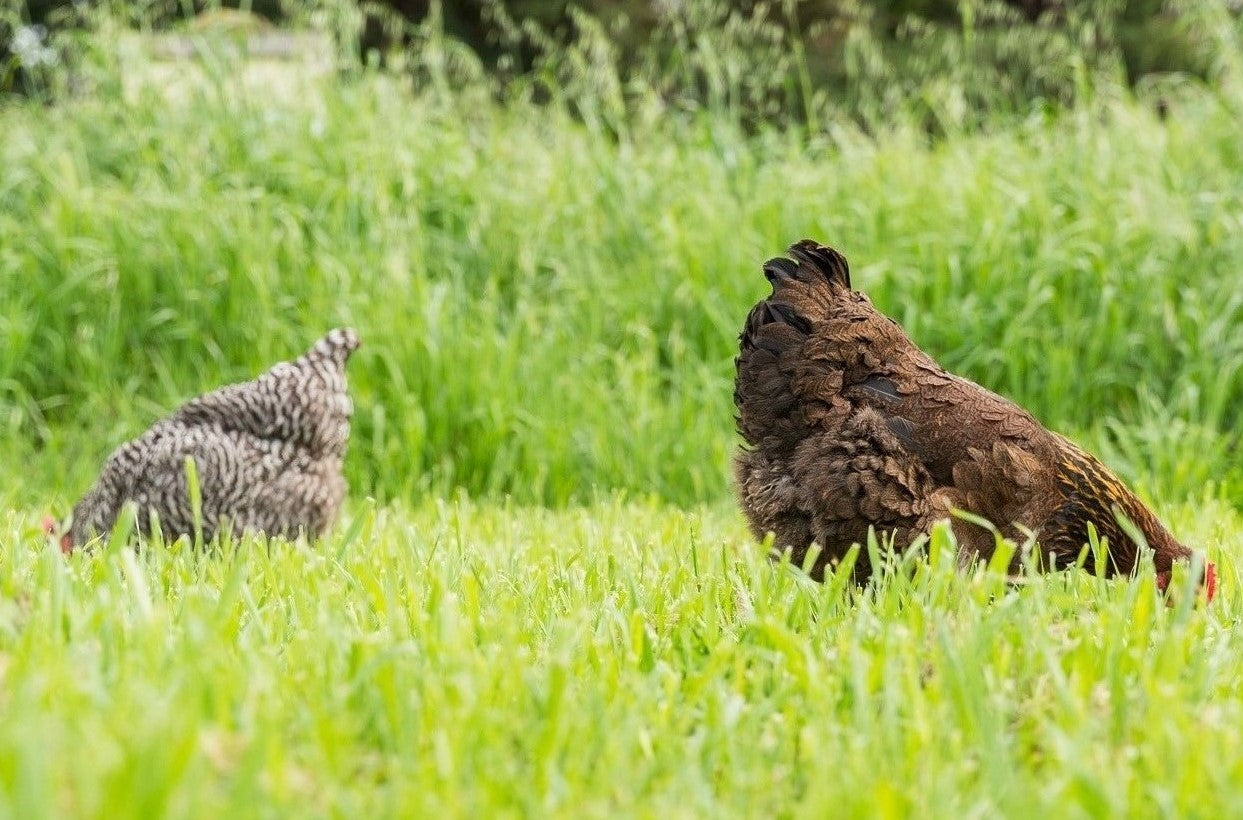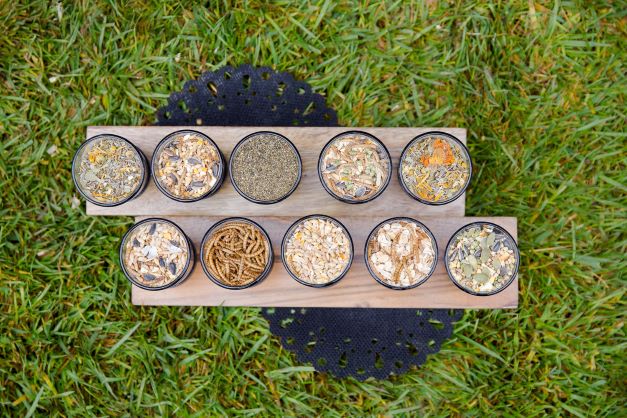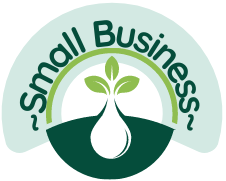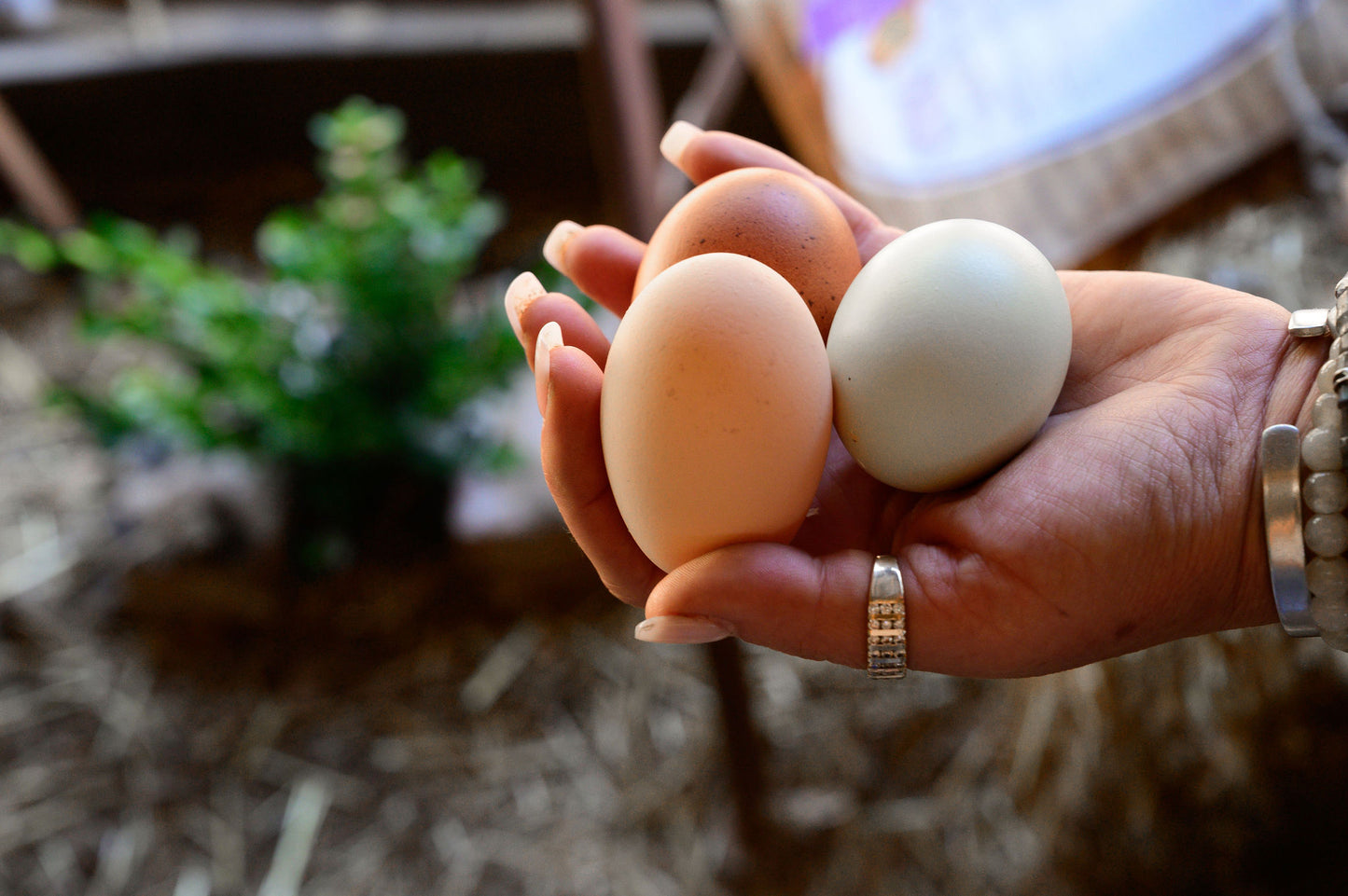
Hi Treats for Chickens' community, it's me, Dawn!
Look no further for your "Chicken Encyclopedia". Treats for Chickens has made this easy-to-view and understand list of the most commonly used chicken terms. With fun pictures to go along! Terms listed here are A-F. Let's Go!
Bantam: A bantam chicken is a miniature version of a regular chicken. They can vary from one half to two thirds the size of regular birds. You can often fit two bantams in the space required for a standard size hen.
Photo Credit: Timber Creek Farmer
Bloom: A naturally occurring protective coating on an egg that helps keep bacteria out of the porous shell of the egg.
Photo Credit: Better Homes & Gardens
Breed: A group of chickens that share various characteristics including comb and plumage style. There are many different breeds of chickens.
Photo Credit: Homesteading.com
Brood: A batch of chicks.
Photo Credit: eFowl.com
Broody: A hen sitting on a clutch of eggs until they hatch. A hen is "broody" when she has the overwhelming desire to sit and hatch eggs.
Photo Credit: Lewis Family Farm
Candling: To view the contents of an egg by shining a light thru it. Used to determine fertility. If the egg is fertile you'll see blood vessels developing in the first week.
-
Photo Credit: Backyard Chicken Project
Cannibalism: Chickens under stress pecking at each other, and if left unchecked can cause serious injury and even become fatal.
Chicken: A domesticated fowl. Female chickens are hens and male chickens are roosters. Caution: Chickens tend to cause addiction to their presence in humans.
Photo Credit: Animals.Mom.Me
Chicken Math: While this is not a scientific term by any means, it is a term that you will hear thrown around by chicken keepers. The simple definition? Chickens are addicting. Let me repeat - chickens are effing addicting!
And as explained in the Meyer Hatchery blog: "My personal theory on chicken math is not only are chickens a lot of fun to keep, they are relatively low maintenance, and do not take up much space, so it becomes very easy to say “what difference would a few more make?"
You may have said before leaving for the feed store that you were only going to get 4 baby chicks. But they were all so damn fluffy and cute, and there was this one little guy that couldn't be left alone, and this other one that just kept looking up at you... so you come home with 8 chicks instead. Yep, that's chicken math!
And chicken math causes you to suddenly be incapable of accurately counting anything any more ... well at least when it comes to chickens, lol!
Photo Credit: ABC.net
Clutch: A group of eggs accumulated by a hen that she sits on for incubation.
Photo Credit: KitchenHow.com
Cock: Also known as a rooster - a male chicken that is a year or more in age.
Photo Credit: Roy's Farm
Cockerel: A male chicken less than one year old.
Comb: The fleshy red material on a chicken's head. The comb actually helps a chicken stay cool. Unlike a human, a chicken can't sweat. To cool off, its blood goes into the comb. Because the comb sticks up from the head, it stays cooler than the rest of the chicken's body. When the blood goes into the cool comb, the blood cools down too.
Photo Credit: backyardchickencoops.com.au
Coop: A safe place for your chickens to roost, lay eggs and to be protected from weather. A coop is often attached to a run which is an outdoor protected area for exercise. The size of the coop depends on the number of chickens.
Photo Credit: TrevorMade.com
Crest: The fancy bunch of feathers on the head of some breeds.
-
Photo Credit: PublicDomainPictures
Crop: The pouch in a chicken's esophagus, at the base of its neck, that bulges with feed. Can feel like a golf ball when full. Need help with your chickens crop? Lucky Hens Rescue Northwest CLUCK HERE
Debeak: To remove part of the top beak to prevent cannibalism. NOT RECOMMENDED. This is a very cruel method to prevent overcrowding incidents due to improper care that is typically done in large commercial farming operations. De-beaking is NOT advised. Very cruel and causes pain to the chicken.
Photo Credit: Helping Hens Rescue
Droppings: Chicken Manure. Healthy is a mix of brown & white.
Embryo: The developing chicken inside a fertile egg. This photo captures days 5, 6, 9, 12, and 18 days into the development of a chicken.
Photo Credit: Microscopy
Fluff: The soft fluffy feathering on a chicken's butt.
Photo Credit: HenCam
Chicken terms, Part II is coming up.
-Dawn, Treats for Chickens 🧡

Let's keep your flock happy + healthy!
Got something to cluck about? Have other suggestions? Questions?
Help fellow chicken parents and leave a comment below!
